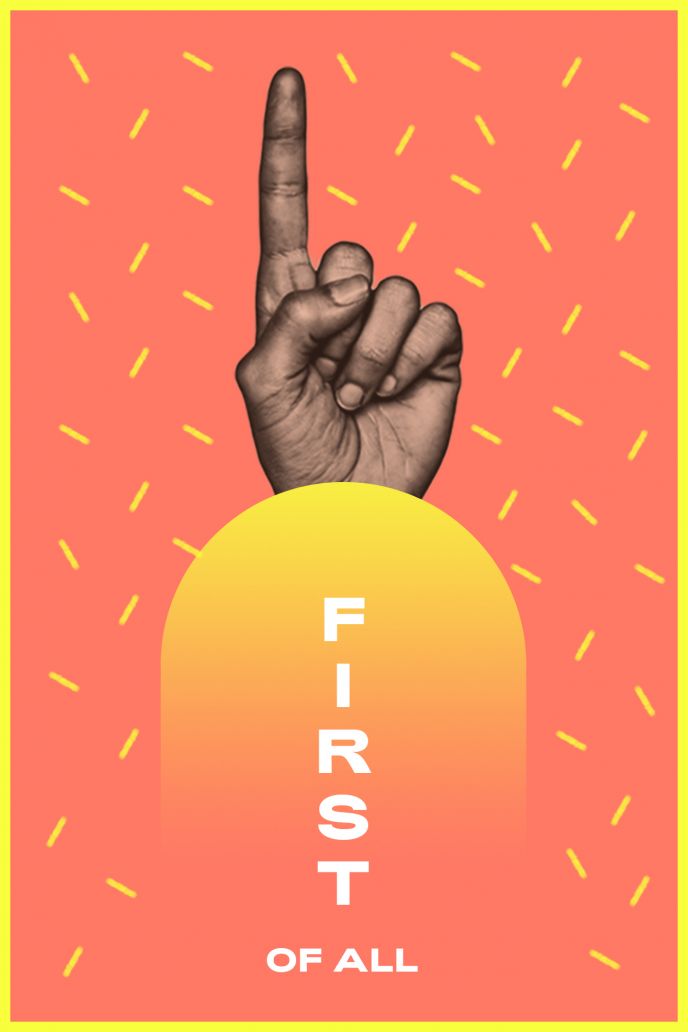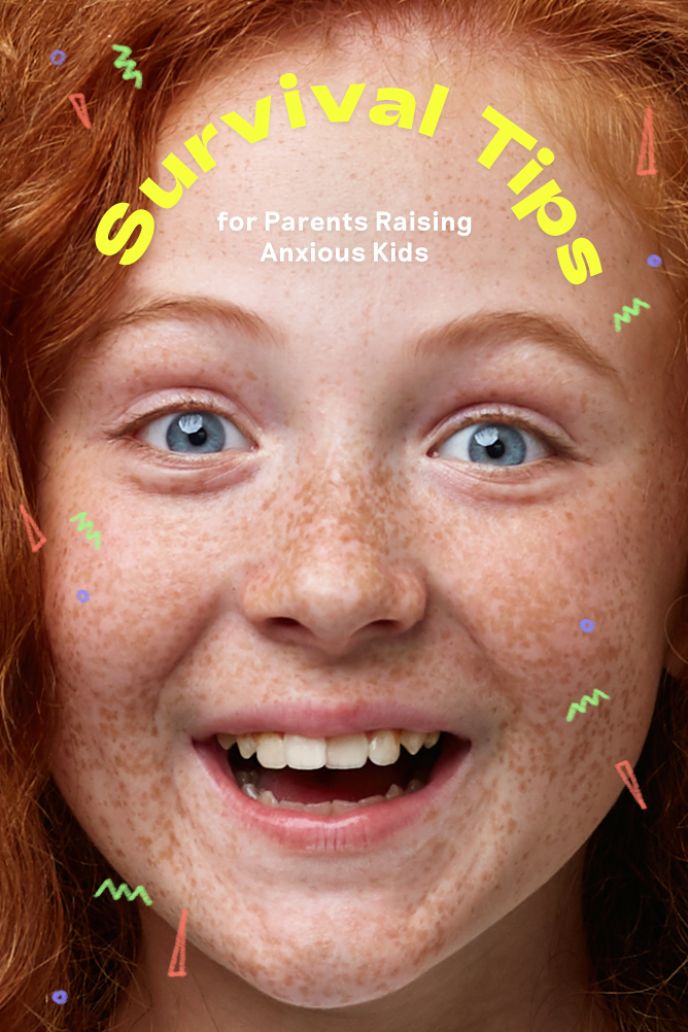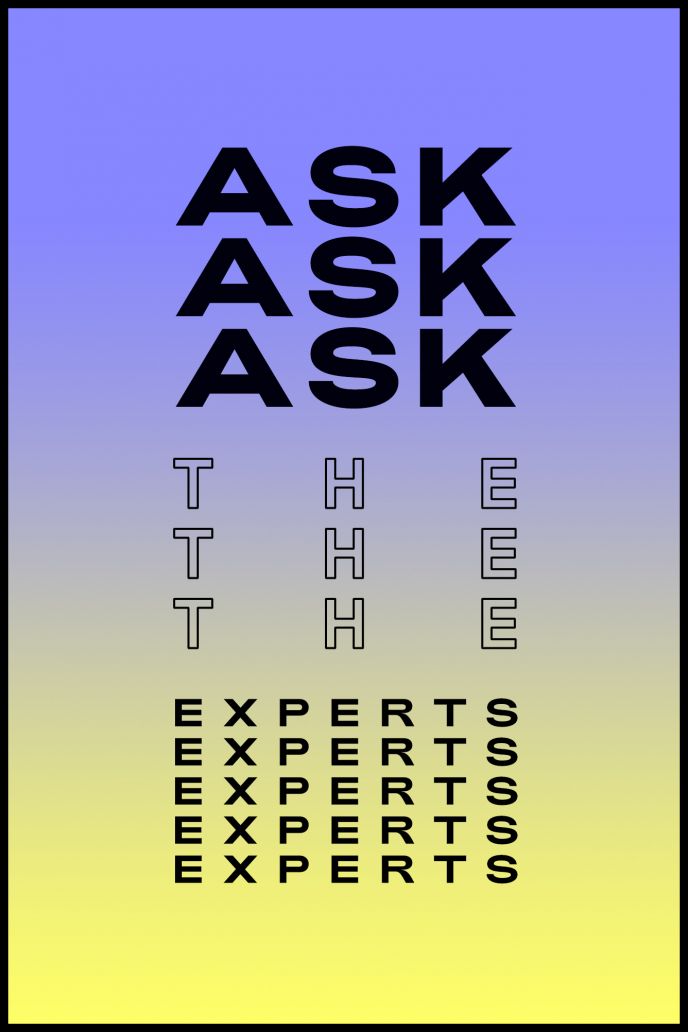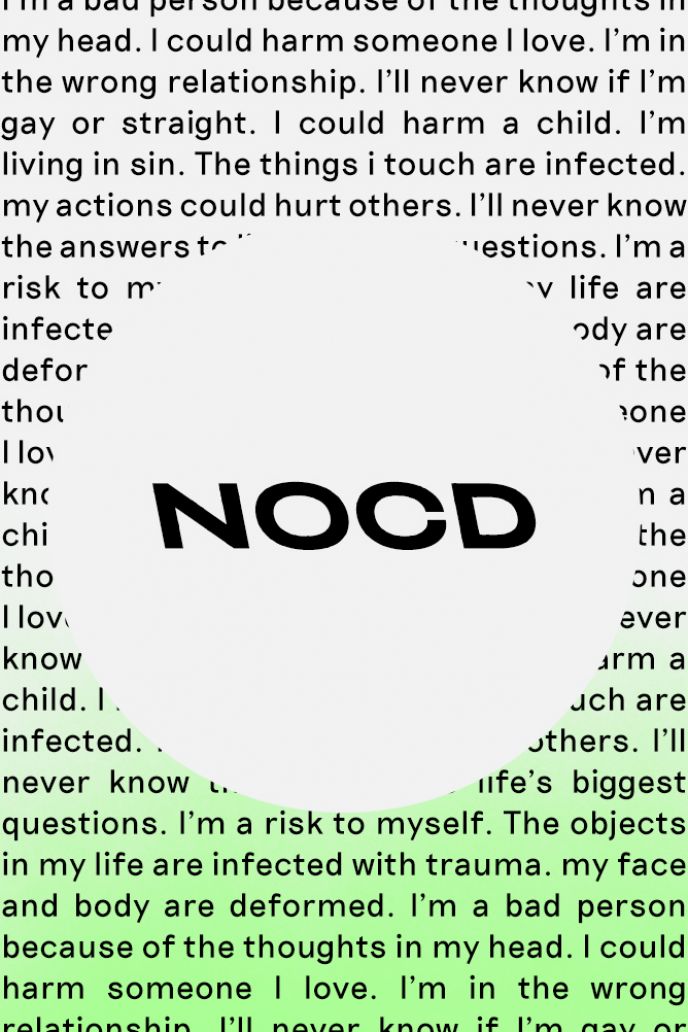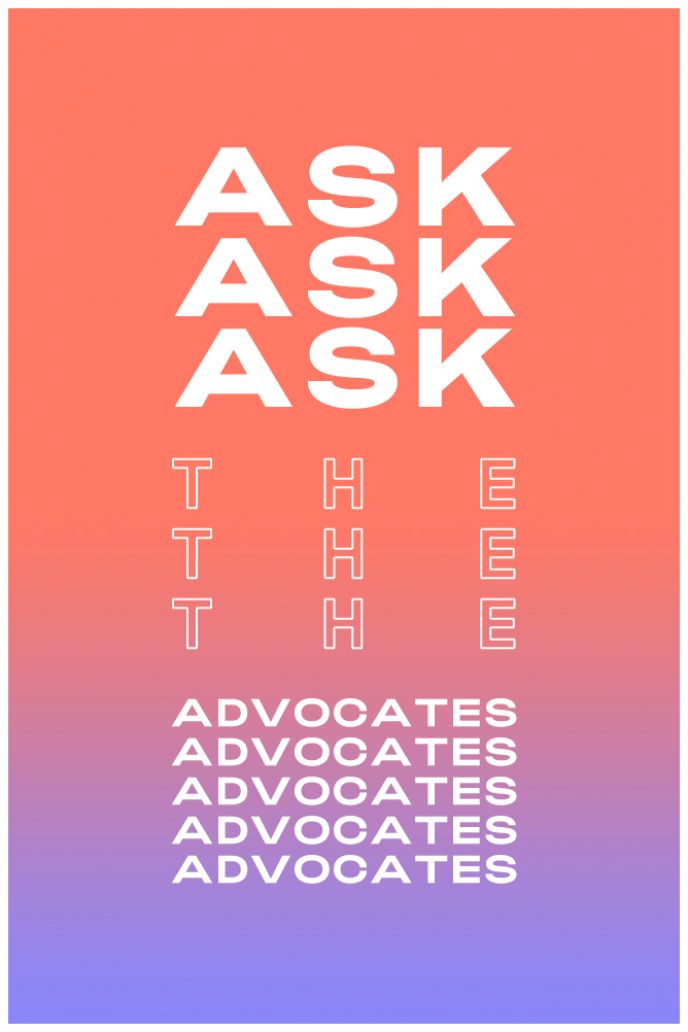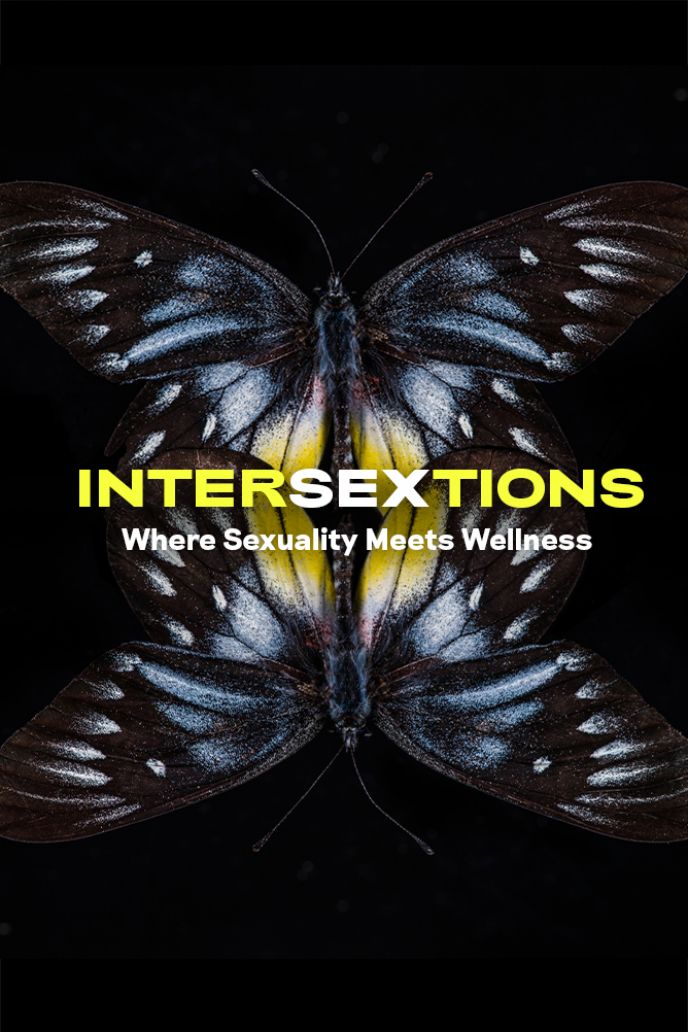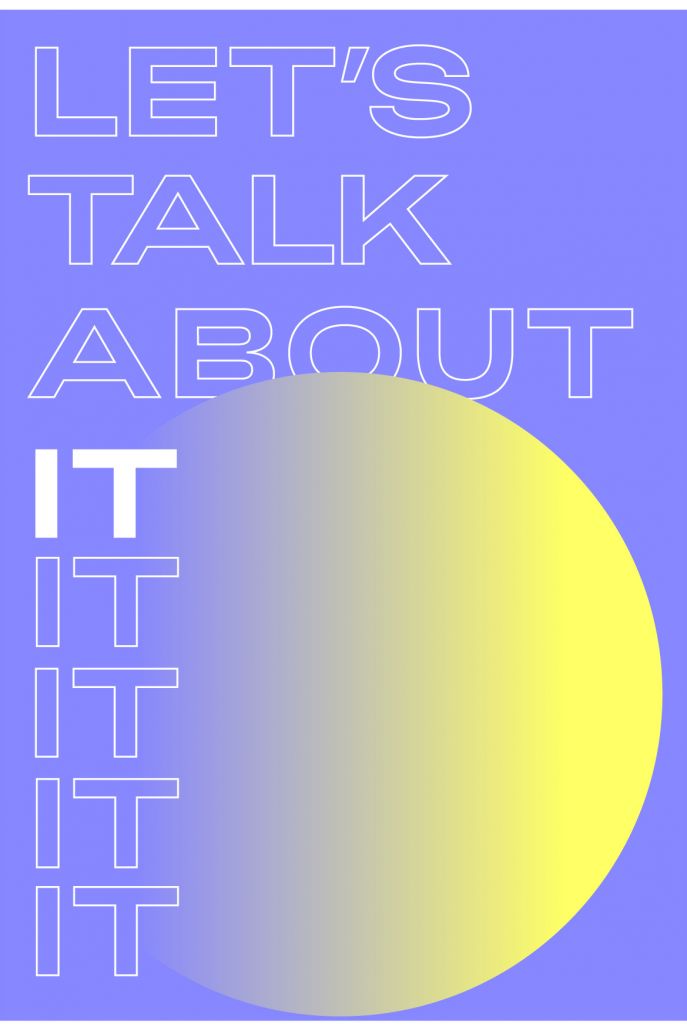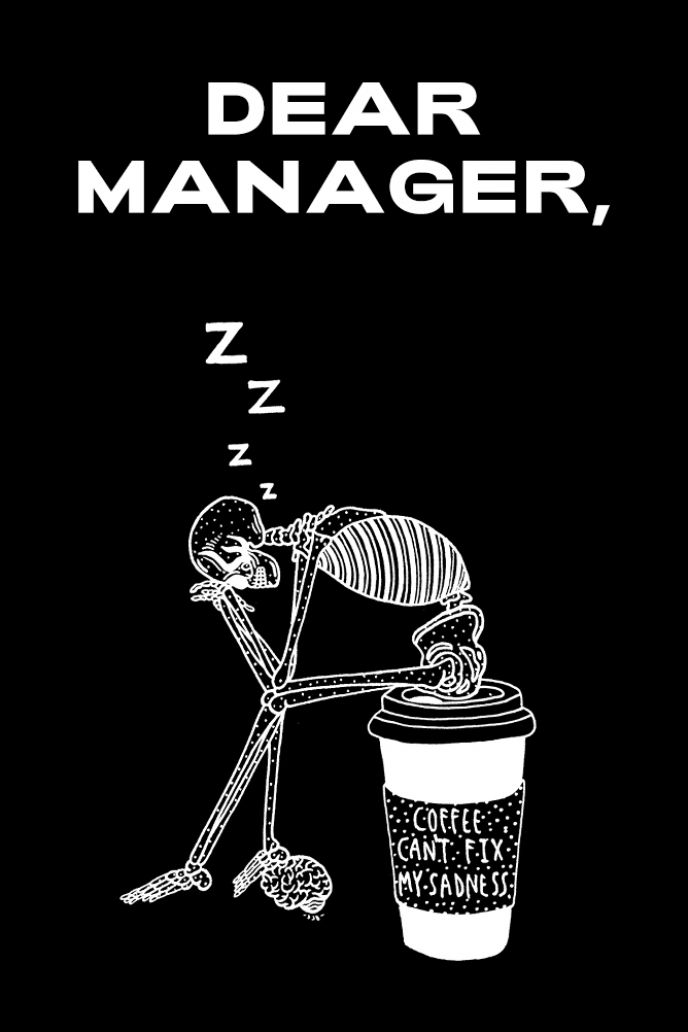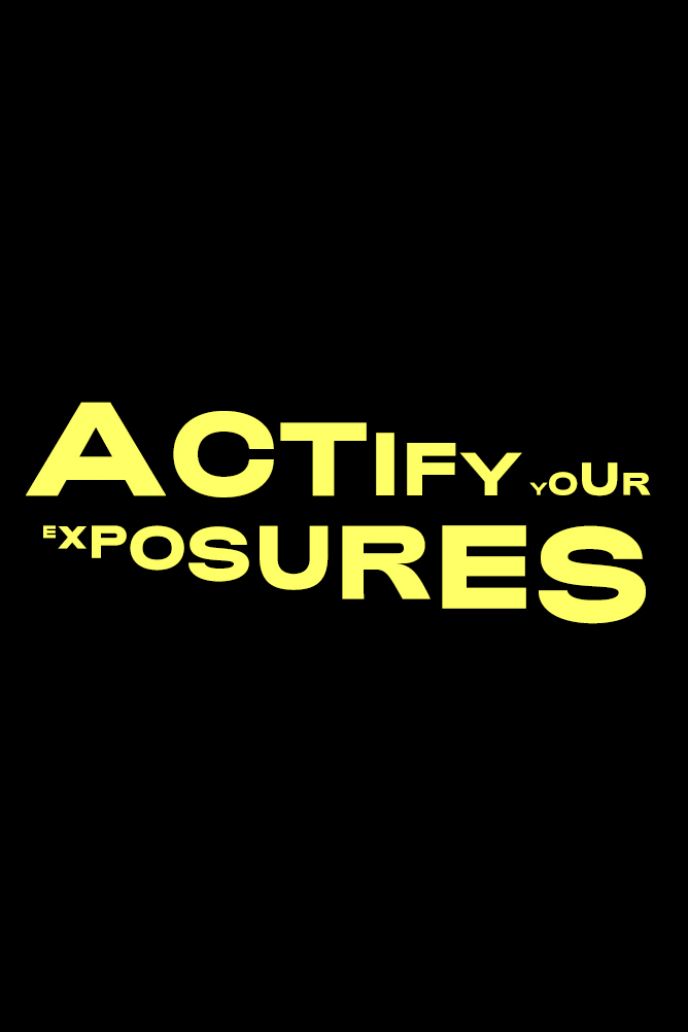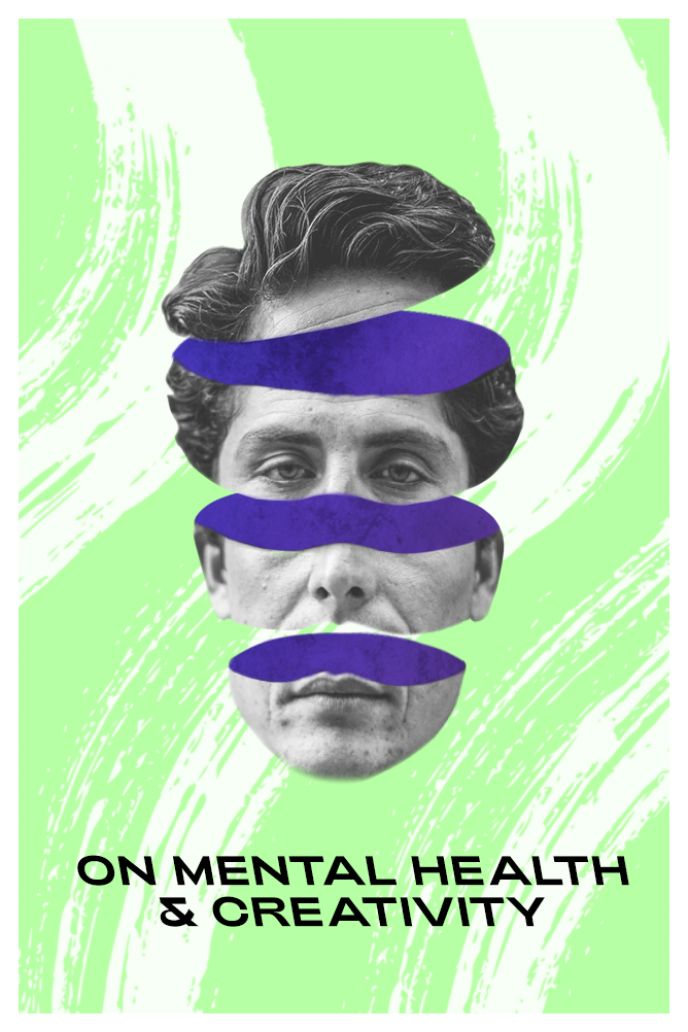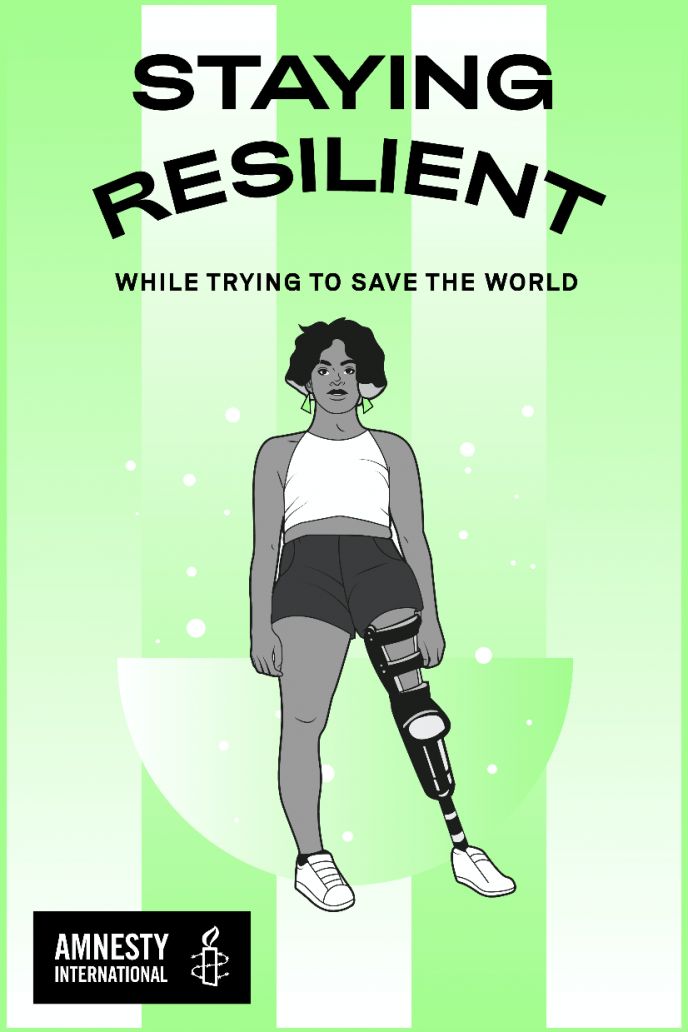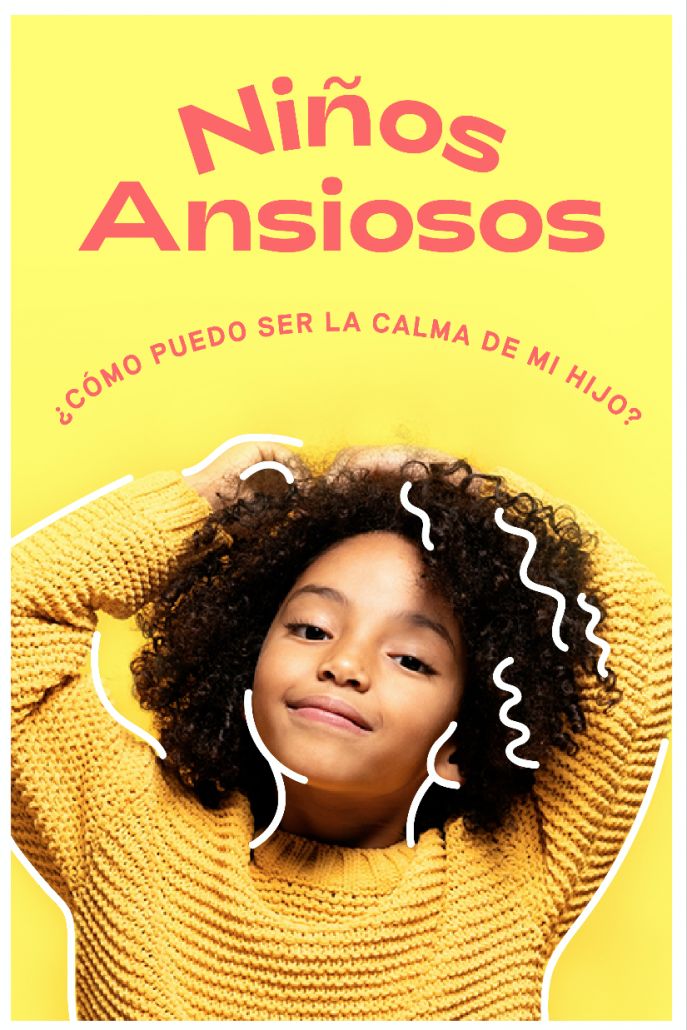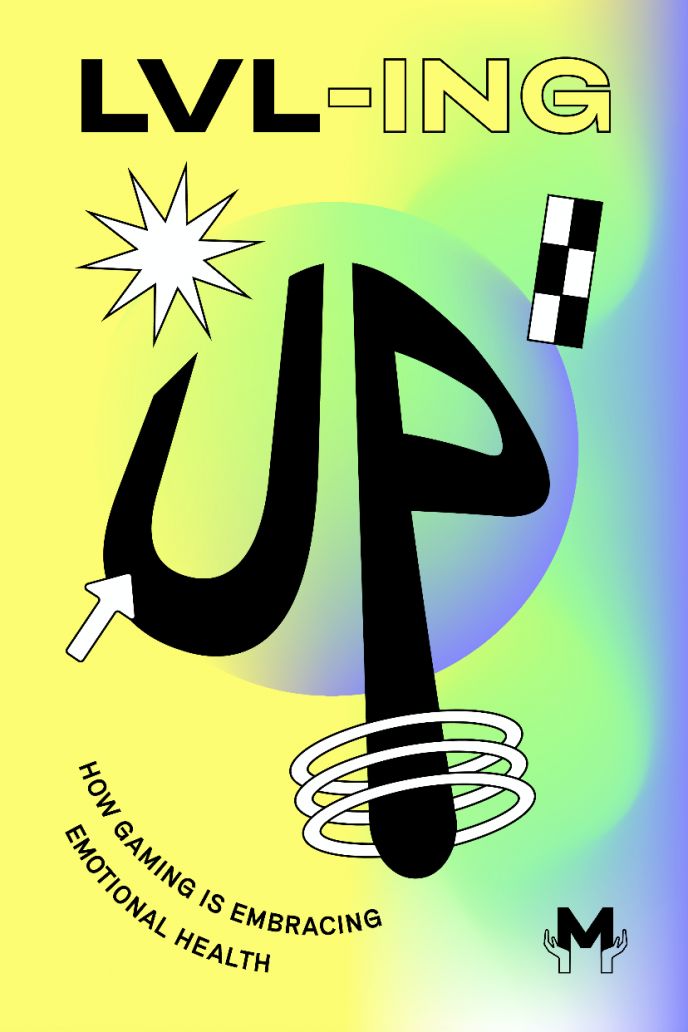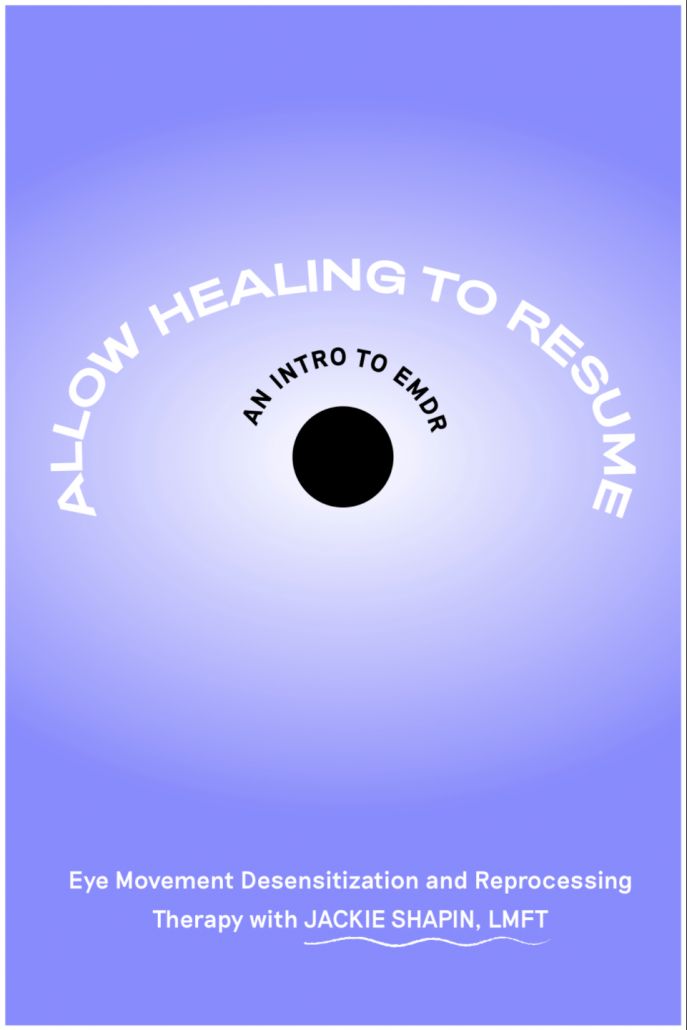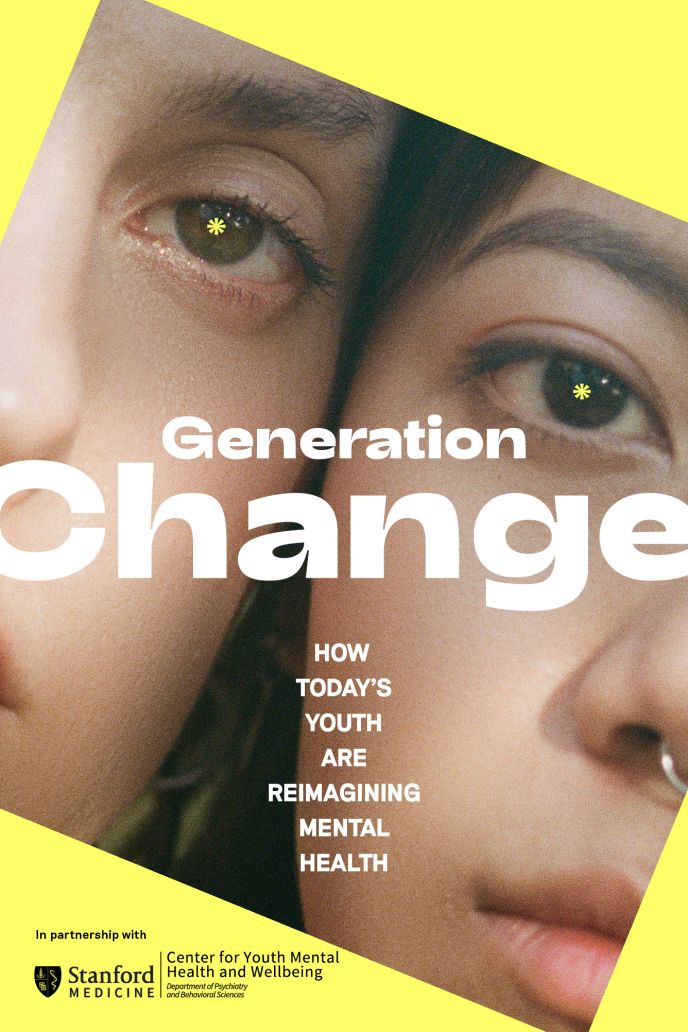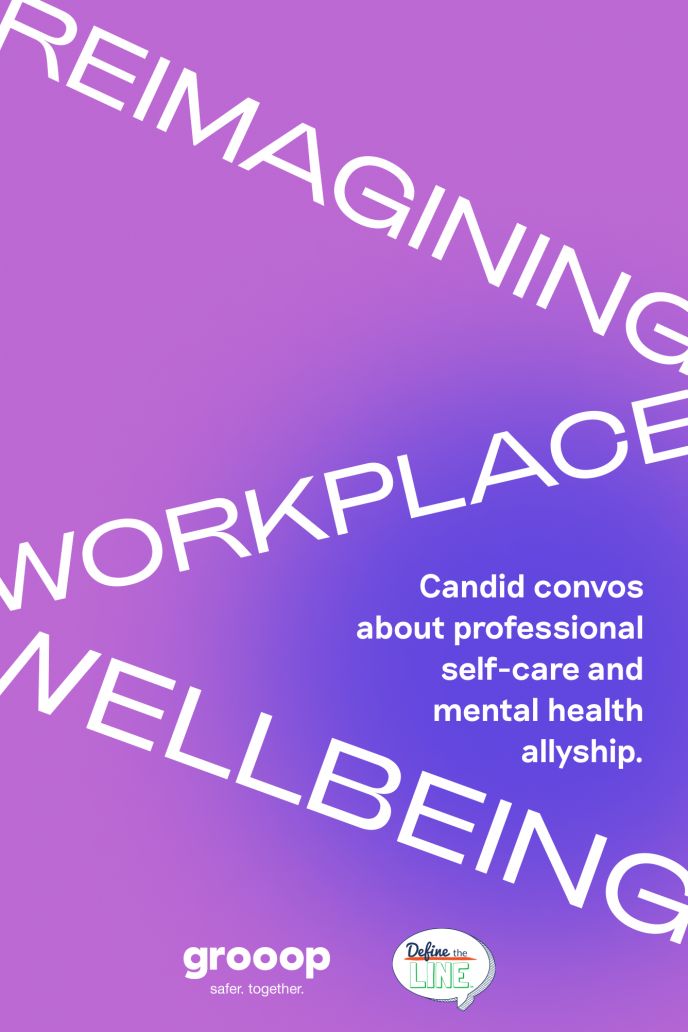Reshaping Trauma: An Interview With Delane Cooper
We sat down with the artist to chat about her journey with dissociation, and how goldsmithing and storytelling allowed her to heal from her past.
Escrito por Esther Fernandez
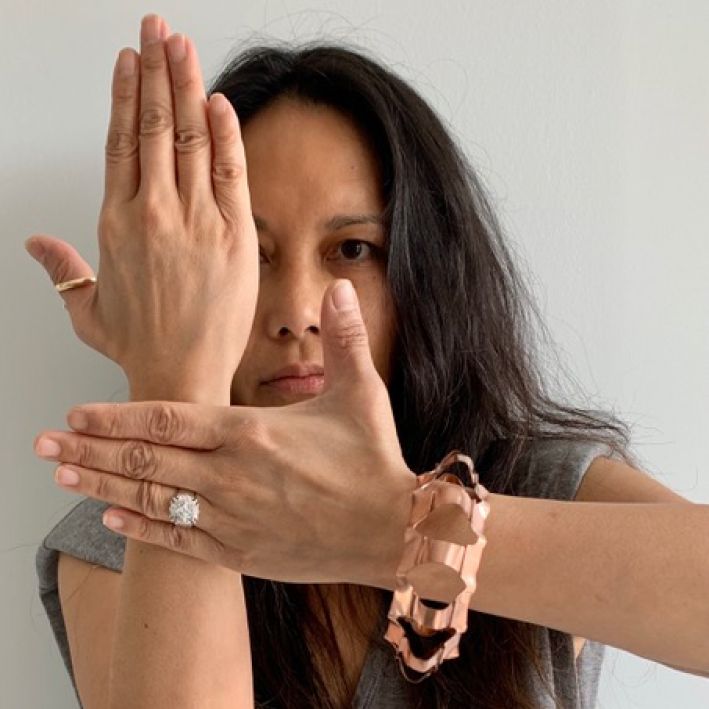
01 Delane is a jeweler from Prince Edward County. She has struggled with dissociation since childhood as a result of trauma.
02 Growing up, she looked toward different outlets like journaling and therapy, eventually falling in love with jewelry making.
03 Since then, she has used art and storytelling as tools for advocacy and recovery.
Thanks for chatting with us today. Can you introduce yourself and how you got into jewelry making?
My name is Delane Cooper, and before I became a jeweler, I used to work in sales. One day my husband asked me, “If you didn't have to wait until you were 65, what would you do?” I replied, “Be an artist.” Then he said, “Well, go find yourself.”
So that conversation led me to try different vehicles of art, and the one that hit home the most was goldsmithing. I understudied with a couple of goldsmiths and it was something that came naturally. I liked that I got to do something with my hands. You can take something like plain metal, and create beautiful pieces of jewelry that you can wear and use to tell a story.
My jewelry process involves researching my client’s interests, meditating, and dreaming. When I dream, I see the design — whether that's in fragments or a complete piece — and the story that goes along with it. When I get up, I take notes of what that piece of jewelry looks like. So unlike other designers, where they draw, I actually dream.
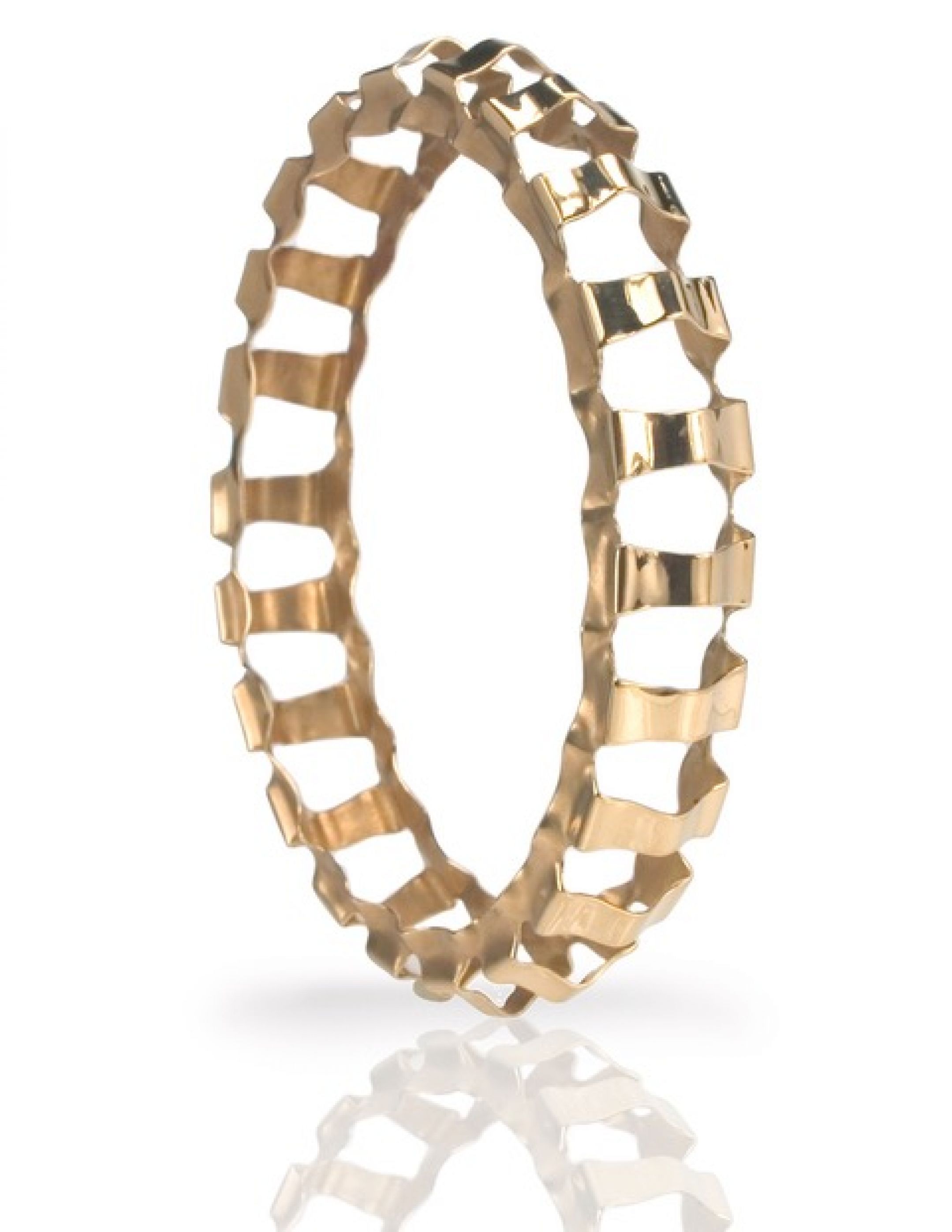
I love that he asked that. It helps to have someone put things into perspective.
Do you mind telling us more about your mental health journey, in particular dissociation?
Dissociation started for me as a result of child abuse when I was quite young, at nine years old. When this abuse happened, I started to mentally check out. Even though things were happening to my body, I physically wasn't there. The dissociation became a habit in order for me to survive at home where the abuse was happening. Ultimately, it’s a coping mechanism that individuals use when they have experienced trauma. It also carries over into adulthood, especially if you've experienced trauma as a child.
For example, I could be writing or working at my bench, but I'm mentally somewhere else. Usually, I’m somewhere in the past, or I go into what I call a “safe closet,” which is a mental place that feels safe and protected. Sometimes, it takes someone like my therapist to point out when it’s happening. They’ll ask, “Do you realize you're dissociating?” And I don’t. I just think I’m going to my happy place. So being aware that I was dissociating was really key to getting better.
Besides traditional therapy, I also explored other outlets like meditation, yoga, and journaling. I took a very holistic approach to mental health.
First of all, thank you for sharing. I also have dissociation — derealization specifically. I heard someone say once that dissociation is disconnection from your mind, derealization is disconnection from your environment, and depersonalization is disconnection from your body.
All three are basically the same. There's a threat and your brain thinks, “Oh, it's easier to disconnect than to feel all these things in the moment.” Which serves a purpose when you're going through trauma, but once it's prolonged and your brain or your body stays there, that's when it becomes an issue.
You've written a book and started a nonprofit that focuses on mental health. Can you tell us what it was like to create the two?
Prior to writing my book, I started a speaking series about the abuse I experienced. By the end of my talks, I had people in the audience coming up to me asking what they could do to help, and even writing me checks. I didn’t know what to do, so I emailed everyone back and said, “Thank you, but I'm really sorry. I can’t deposit this.”
Then one of my friends said, “Do you know what you're bringing? This topic is really touching people's hearts because they know people who have been through the same thing.”
For women in particular, it's one in three who experience sexual abuse. And in the talks that I gave, I had around one in three women from the audience disclose to me about their experiences. In speaking with several people, they suggested I start a non-profit. The mission of the Lotus Hero Project is providing art and art therapy to individuals so they can improve their mental health and be active participants of society.
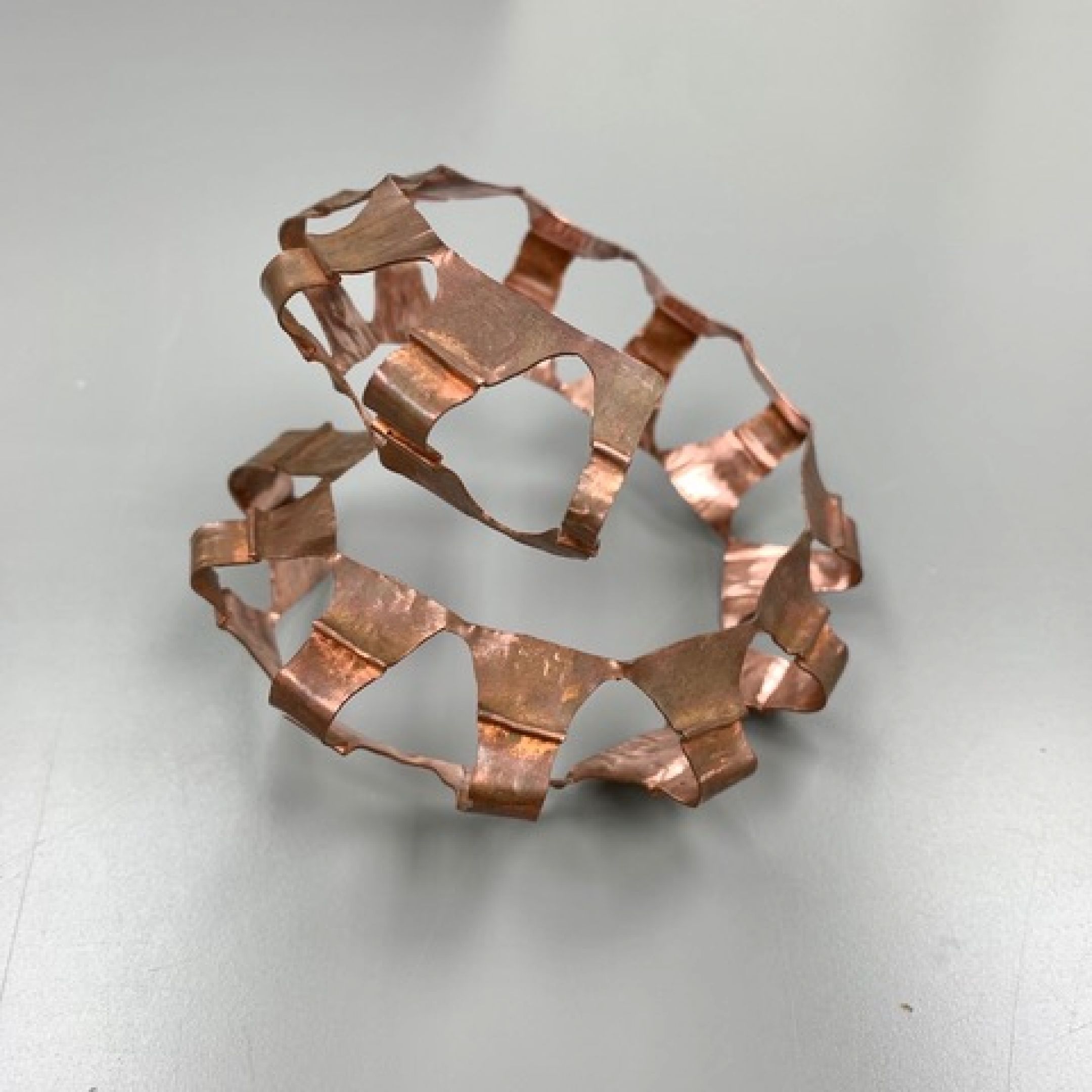
I also decided to write a book, and the process was very liberating — it allowed me to practice putting my experience into words. The trick was to write it in a way that could safely take the reader to their own edge, without retraumatizing them.
Having these outlets — whether that’s jewelry making, writing, or advocacy — has helped a lot with connection. A lot of the time, I don’t feel connected with people, even though I do belong to communities and various groups. Through the lens of trauma, it can be hard to create a sense of belonging. So all of these different vehicles allow me to connect with individuals and other organizations with the same experiences. In my own way, it makes me feel like I do belong and I do matter. Because for a very long time, I didn't think I mattered.
I totally understand that. Even when you’re surrounded by community, there can be a lot of mental noise or things that we haven't emotionally worked through that can make us feel very alone.
Art can become a vehicle for taking people to deeper emotional places that you wouldn’t be as comfortable sharing otherwise.
Exactly! For example, one piece I created is a non-wearable bangle made of three parts — copper was my grandmother, silver was my aunt, and gold was me. The copper piece has large holes, while the silver and gold have smaller holes. This was supposed to symbolize our traumas, and how we’re constantly trying to fill in those gaps so that we can be whole.
For individuals who have not experienced trauma, having a visual such as the bangle allows them to be curious, ask safe questions, and be empathetic about experiences they may feel hesitant to understand.
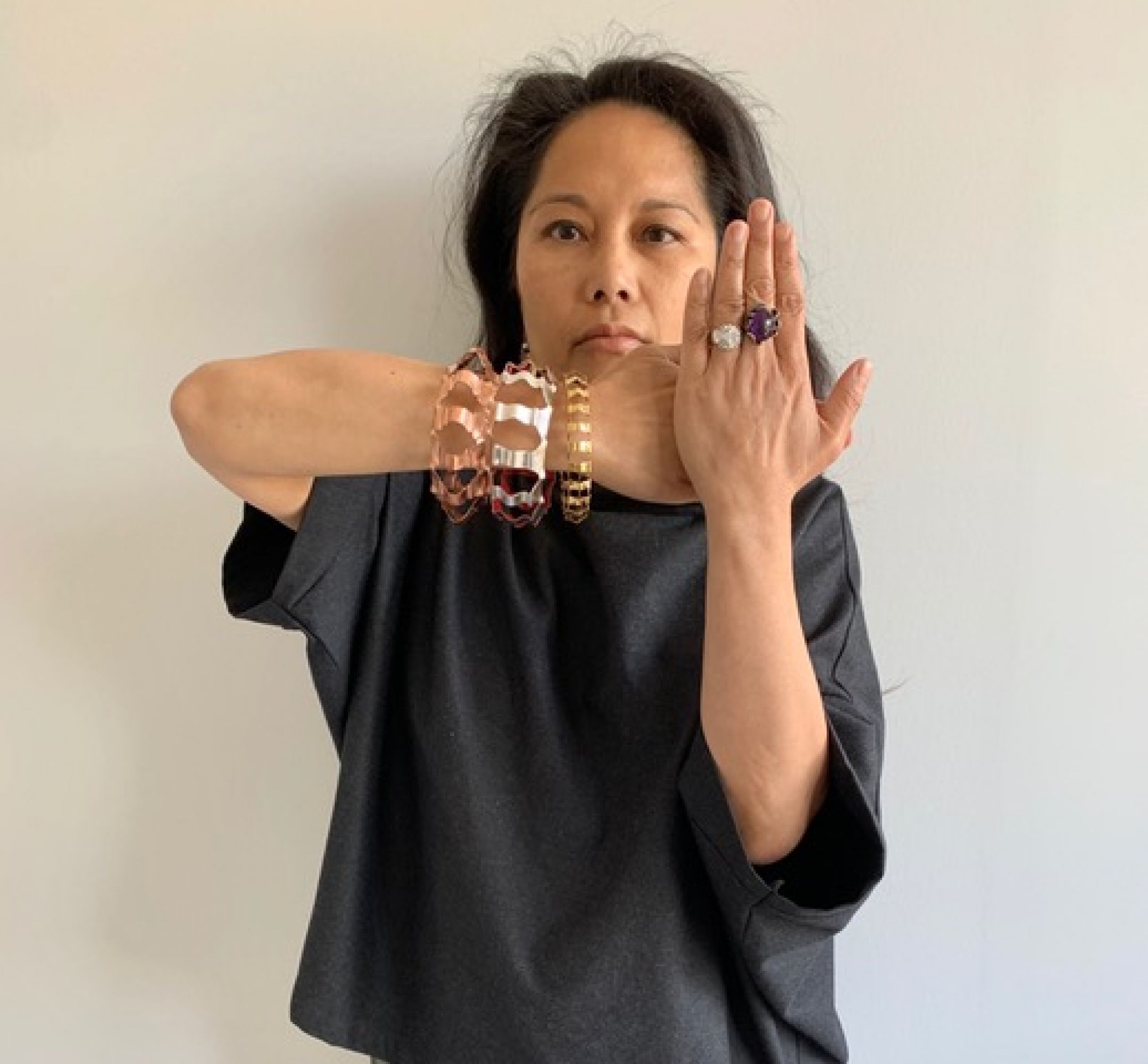
And because those heavy experiences are sort of confined within the art piece, it isn’t as retraumatizing, as you said. It can feel safer to have those conversations directed toward the art piece rather than one on one.
Yes! Especially because jewelry is so small. It's not like a full wall-sized painting where it almost feels like the painting is bringing you in. You can look at a small object and say, “Okay. It's just an object. I can safely see it. It won’t pull me in.”
I think it's interesting you use the phrase “it won’t pull me in” because when we're talking about dissociation, it's so body centric. It’s important to find activities that help us stay present when all our body wants to do is disconnect. With jewelry making, you’ve found something that’s tactile, but still feels safe.
Besides art or storytelling, are there any other tools that have helped with your mental health?
I suffer from a lot of anxiety, so to keep myself present, I have this ring that's called “Open” that reminds me to remain open to the opportunities that come my way, whether they’re positive or negative. The important thing is, I like to fidget with it underneath a table or at my waist. Nobody notices that I'm doing this, and it helps me stay present and check in with myself. So that’s the first one: utilizing a tangible object on my body.
The other helpful tool is using breathing techniques. When I suffer from anxiety, I forget to take good breaths. Sometimes I have an alarm on my phone that reminds me to be mindful about my breathing, and that helps me stay more present.
Condiciones relacionadas
You mentioned that, and in my head, I was like, “She caught me!” I'm not taking a full breath right now, haha.
As we wrap up, do you have any words of hope that you would give to someone who is struggling with their mental health — specifically dissociation or healing from abuse?
One, speak your truth. Two, no, you are not broken. And three, establish and exercise healthy boundaries. Write them out if you need to, and reread them every once in a while.
I'd like to leave you with a quote by Maryann Rademacher, who's a writer and artist. I pretty much live by this, so I hope anyone reading this takes it to heart:
“Live with intention. Walk to the edge. Listen hard. Practice wellness. Play with abandon. Laugh. Choose with no regret. Continue to learn. Appreciate your friends. Do what you love. Live as if this is all there is.”
Thank you so much for your vulnerability and time. It’s super admirable how you’ve transformed your pain into art and advocacy that helps others heal. They say a lesson learned is a lesson shared.
Absolutely. It's how the collective is going to heal.
<>
You can find Delane on Instagram @delanecooper and on her website delane.ca
Apoya nuestro trabajo
Nuestra misión es cambiar la manera en que el mundo percibe la salud mental.
